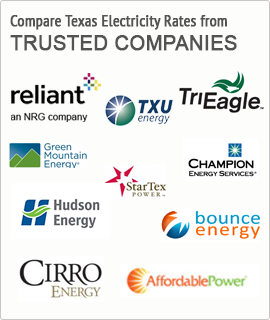The Alternative Source Of Energy Resources
Wind power:
Wind streams can be utilized to run wind turbines. Current breeze turbines range from around 600 kW to 5 MW of appraised power, even though Electricity Rates turbines with an evaluated yield of 1.5–3 MW have turned into the most well-known for business use; the force yield of a turbine is an element of the 3D square of the breeze speed, so as wind speed expands, power yield increments drastically. Ordinary limit factors are 20-40%, with values at the upper finish of the reach-in, especially great destinations. Wind energy is the cleanest and adequate, the most secure, least expensive, and generally maintainable. Where land space isn’t sufficient, wind ranches can be constructed and in the water. We should give the breeze something to do.
Hydropower:
Among wellsprings of an environmentally friendly power, hydroelectric plants enjoy the benefits of being enduring (many existing plants have worked for over 100 years. Additionally, hydroelectric plants are spotless and do have not many emanations.

Sun based energy:
Sunlight-powered chargers create power by changing over photons (parcels of light energy) into an electric flow. Sun-based energy is the energy gotten from the sun through the type of sun-oriented radiation. Sun-based fueled electrical age depends on photograph voltaic and hotness motors. An incomplete rundown of other sun-oriented applications incorporates space warming and cooling through sun-based design, daylighting sun-based boiling water, sun-based cooking, and high-temperature measure heat for modern purposes.
Sun-powered advancements are comprehensively described as either uninvolved sun-oriented or dynamic sunlight based relying upon how they catch, change over and circulate sun-based energy. Dynamic sun-powered strategies incorporate the utilization of photovoltaic boards and sun-oriented warm gatherers to saddle the energy. Uninvolved sunlight-based methods incorporate arranging a structure to the Sun, choosing materials with great warm mass or light scattering properties, and planning spaces that normally flow air.
Biomass:
Biomass (plant material) is a sustainable power source because the energy it contains comes from the sun. Through the course of photosynthesis, plants catch the sun’s energy. At the point when the plants are singed, they discharge the sun’s energy they contain. Thusly, biomass capacities as a kind of normal battery for putting away sun-powered energy.
However long biomass is delivered economically, with just as much utilized as is developed, the battery will endure endlessly.
Overall there are two principal ways to deal with utilizing plants for energy creation: developing plants explicitly for energy use, and utilizing the deposits from plants that are utilized for different things. The best methodologies shift from one area to another as per environment, soils, and geology
Biofuel :
Fluid biofuel is normally either bio liquor, for example, bioethanol, or oil, for example, biodiesel. Bioethanol is a liquor made by ageing the sugar parts of plant material and it is made for the most part from sugar and starch crops. With cutting-edge innovation being created, cellulosic biomass, like trees and grasses, are additionally utilized as feedstocks for ethanol creation. Ethanol can be utilized as a fuel for vehicles in its unadulterated structure, however, it is generally utilized as a gas added substance to build octane and further develop vehicle outflows. Bioethanol is generally utilized in the USA and Brazil.

